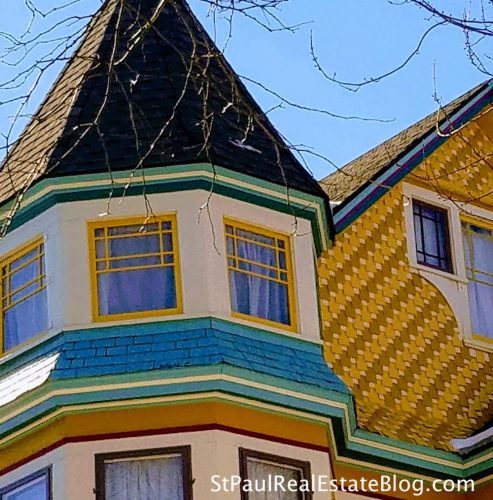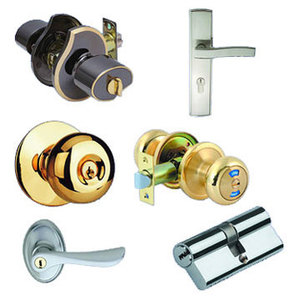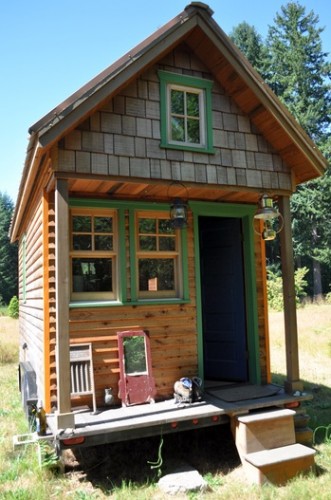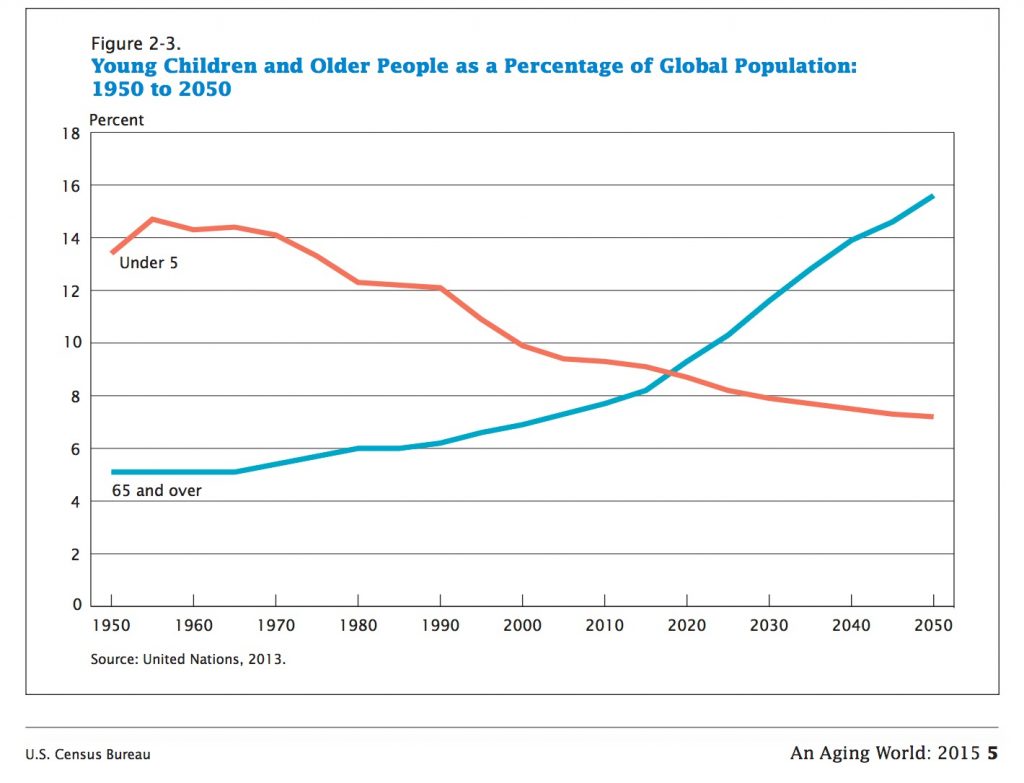
It is a common experience. We gradually realize that our mom or dad or both are having trouble maintaining their home.
There may be maintenance issues or maybe they are having trouble remembering to pay the bills or maybe they no longer drive and have trouble keeping the refrigerator and pantry stocked.
Sometimes they really do fall down and can not get up. We worry about them being there alone. We check on them or maybe we get them an emergency call button.
No matter how hard they struggle do not expect your elderly loved one to say that they want to move. Most do not want to move and by elderly, I mean people who are well into their 80’s.
There isn’t anyone in a memory care facility who asked to go there. Most if not all of the people who have moved to long-term care (nursing homes) did not ask to go there.
Seniors who move to assisted living often get nudges from others and sometimes it is their own idea. Almost all of the people I know who have moved to senior apartments have decided to rent instead of own and it was mostly their choice to move.
People who live in senior apartments tend to be younger and healthier than those who are in assisted living and nursing homes.
If your elder needs to move but does not want to move keep in mind that they are adults and they have the same rights that all of us have. We even have the right to make bad decisions.
We can make suggestions to our parents and we can take them on tours and show them some of the places they could be living.
We can help them get more help at home. They can have meals or groceries delivered or both. There are housekeeping services too.
We can help them keep organized with bills and paperwork and there are services that can come into the home and help sort and organize pills.
Don’t be too surprised if they are resistant to having people come into their home.
Disabilities become more common as we age and loss of mobility is one of the most common issues facing the oldest of the old. Sometimes grab bars and a walker will work for a time.
Unfortunately, it is often hospitalization or an accident that triggers an emergency and results in a move for the elderly. I recently listened to an expert suggest that we all need to plan ahead.
That sounds good but it is almost impossible to do if we don’t know ahead of time how long we are going to live, what we are going to die of and what kind of medical care we will need during various decades of our lives.
We don’t know what medical advances will be made from one decade to the next and unfortunately, people who suffer from dementia don’t always realize it and dementia impairs their ability to make good decisions.
Do you want to move out of your home when you are old or would you rather stay there and age in place?
Don’t be surprised if you are met with resistance when trying to help an elderly parent or friend who needs to move.
See What is a NORC
Also, see Retiring with a mortgage




